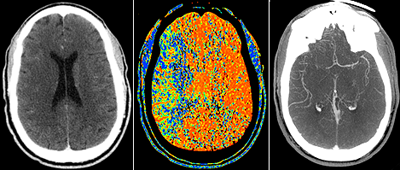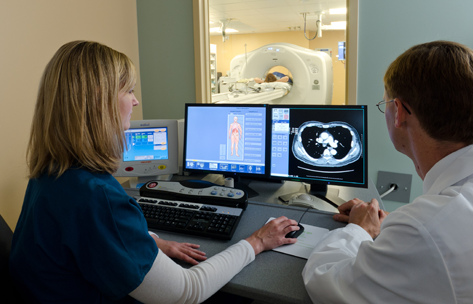Benefits of Imaging Using Radiation
Benefits of Medical Imaging
There are many benefits for patients from medical imaging. Images of the human body are created using a variety of means such as ultrasound, magnetic resonance, nuclear medicine and X-rays to allow physicians to see inside the body, to identify and/or rule out medical problems, and to diagnose diseases. Much has recently been written about radiation, so it is important to have some understanding of imaging performed using radiation, especially the benefits to the patient along with the associated risks.
Keep in mind that the radiation doses used in medical radiological imaging examinations like computed tomography (CT) and X-ray scans are much lower than those used in radiation oncology, which uses radiation as a therapy to treat cancer. Radiology (imaging) and radiotherapy (cancer treatment) are quite different.

The modern use of imaging has been one of the great advances made in the practice of medicine, allowing doctors to diagnose and manage their patients’ diseases safely and rapidly. Many of today’s medical improvements require tests using radiation to confirm diagnoses, plan management, and monitor the response to treatment.
Most people in the United States have benefited by imaging, whether from a simple chest X-ray for a cough, a bone X-ray for a fracture, or something more complex like a CT scan. The discovery of X-rays in 1895 by Wilhelm Roentgen led to the first Nobel Prize in Physics. CT ranks as one of the top five medical developments in the last 40 years, according to most medical surveys. It has proven so valuable as a medical diagnostic tool that the 1979 Nobel Prize in Medicine was awarded to the inventors of CT.

